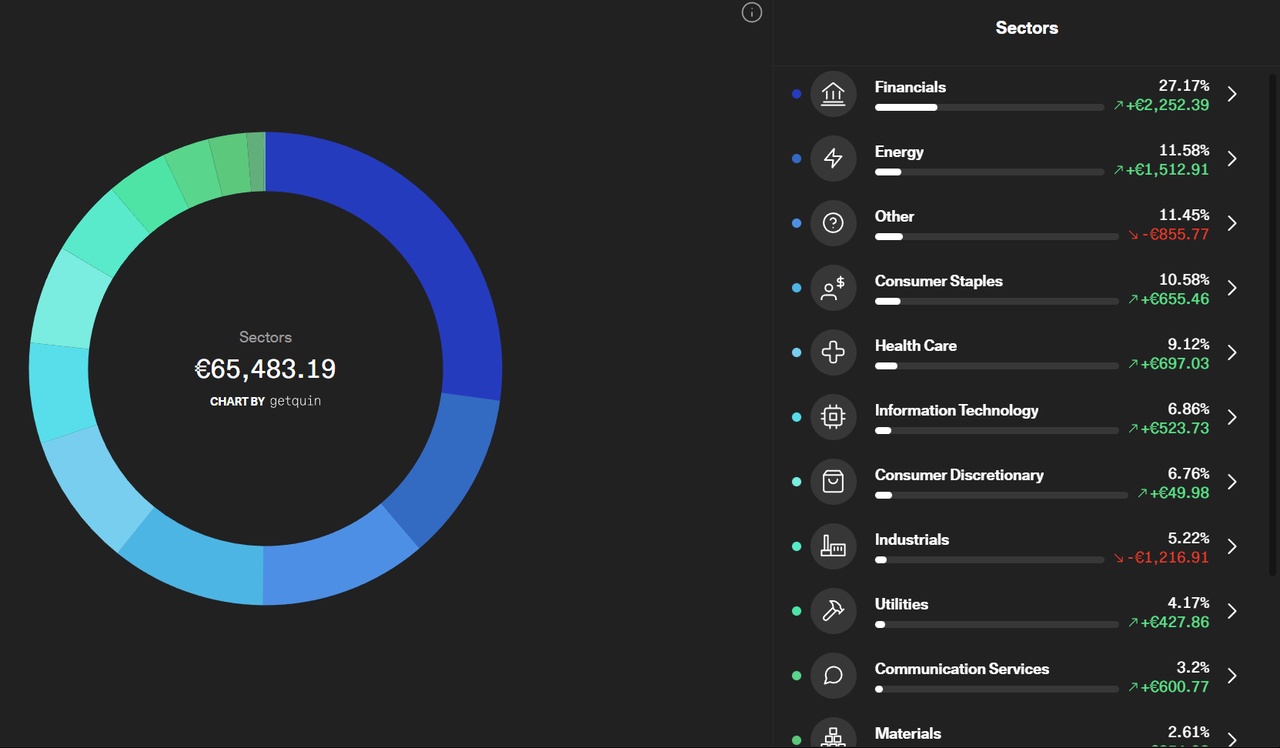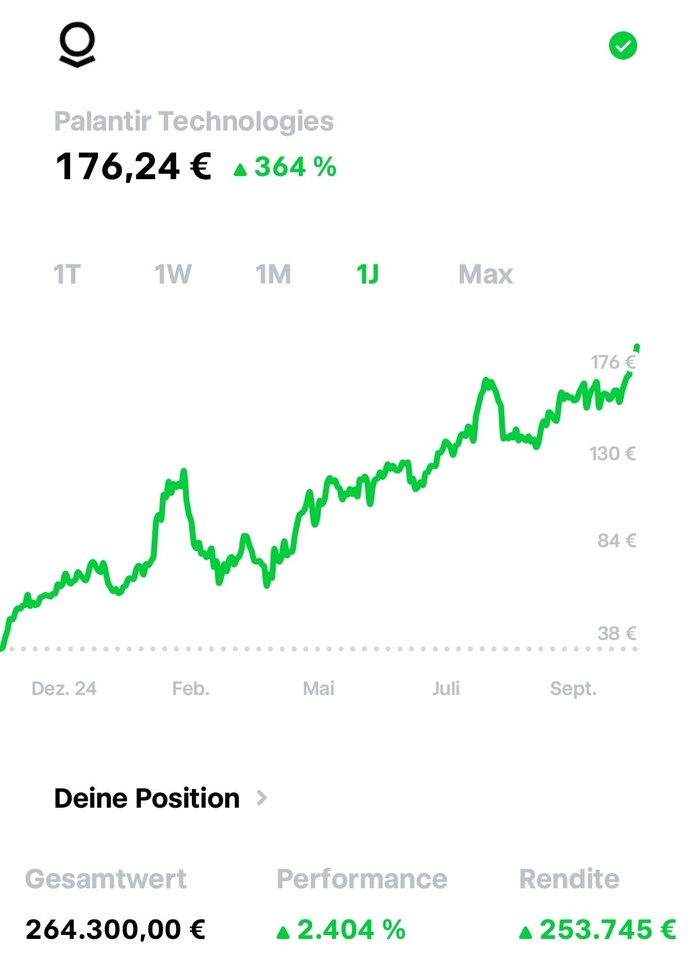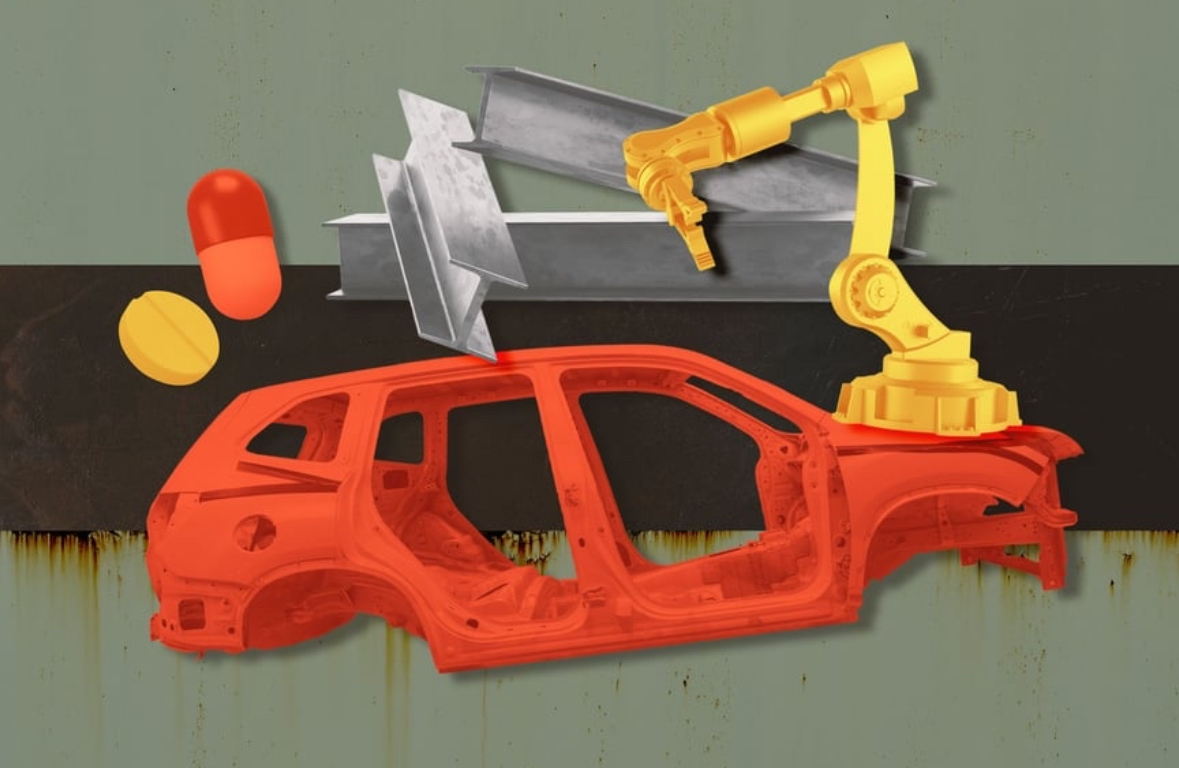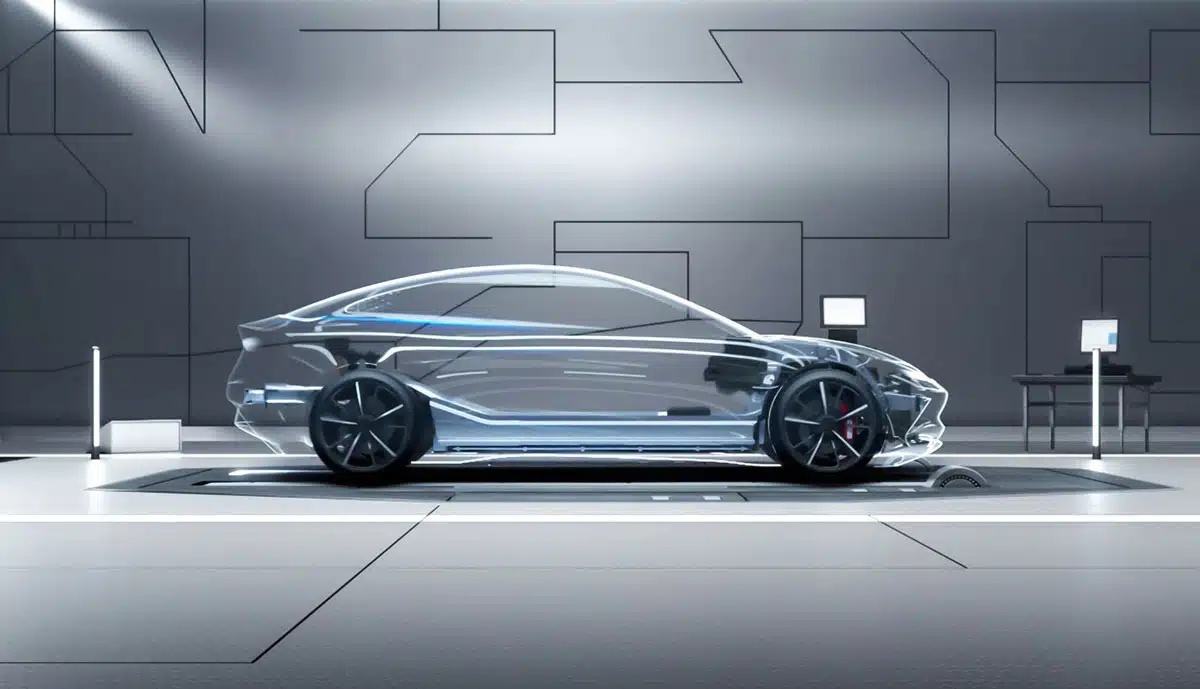In the meantime, BYD $1211 (-1.64%) has not only become one of the largest car manufacturers in the world, but has also overtaken Tesla $TSLA (+3.19%) as the largest producer of electric cars.
In the first three quarters, the Chinese company sold 1.6 million units, significantly more than Tesla with 1.2 million. BYD had already shocked competitor Volkswagen $VOW (-0.74%)
$VOW3 (+0.3%)when it overtook the Wolfsburg-based company as number one in China more than two years ago.
However, BYD is by no means concentrating solely on the domestic market - and has big plans in Europe in particular.
With 30 production sites worldwide, the company has secured a place on the prestigious Forbes Global 500 list.
The vehicles are already sold in 117 countries worldwide, but not in the USA. Vice President Stella Li explains: "This market is not interesting for us, and we are currently focusing so much on expansion in other regions that it would be difficult to allocate resources to this additional mission."
To date, the Chinese car manufacturer has only played a minor role in Europe, and has achieved little more than respectable success in its core market of Germany in particular.
However, this is hardly due to the vehicles, as affordable entry-level models such as the Dolphin Surf, the BYD Seal 6 mid-range estate or the powerful Yangwang U8 off-roader are more than competitive.
It's all about brand awareness and the dealer network - and a lot needs to happen here in the coming years in order to attack first the Asian and then the domestic brands.
BYD is not too fond of restraint. It comes as no great surprise that the company's own driver assistance system has been given the full-bodied name "God's Eye".
This name symbolizes an all-seeing, divine eye that observes everything and stands for divine wisdom, protection and surveillance - but also for a more than healthy self-confidence. One of the reasons for BYD's rapidly growing success is its particularly modern production facilities. In contrast to many of its competitors, the factories were meticulously planned on the drawing board and are as efficient as possible.
》New plants in Europe to lower prices《
It was only in June that the Chinese celebrated the millionth Seagull, a small electric car marketed in Germany as the Dolphin Surf, at the production plant in Xi'an.
While it costs around 20,000 euros in Germany, its retail price on the domestic market is just under 70,000 RMB - the equivalent of less than 8,500 euros, but it is also significantly less well equipped and designed in its home country.
BYD is currently building its own plant in Hungary in order to reduce prices in Europe and avoid customs duties. Further production facilities are being planned in Turkey and Spain in order to be able to exert pressure in Europe.
BYD's new flagship plant in Zhengzhou in Henan province in the central-eastern part of China sets standards that make every other gigafactory seem tiny.
The city with its 10.2 million inhabitants was chosen for this huge industrial complex due to its good road and rail connections and the skilled workforce in the region.
At 130 square kilometers, BYD's largest plant is the largest in the world and spans an area the size of San Francisco.
That's ten of the Tesla Gigafactories in Nevada with an annual production of two million vehicles. There are currently 60,000 employees here.
Wang Chuanfu, President and CEO of BYD, explains: "If technology is BYD's greatest strength, then design is the second." For this reason, a lot has been invested in the BYD Design Center, a 12,600 square meter center in Shenzhen, BYD's headquarters.
It forms the stylistic heart of the company and is responsible for the future design language of cars, trains and other means of transportation. Equally important is the team around Wolfgang Egger, a renowned German designer from Oberstdorf, who has already worked for and managed traditional European brands such as Audi, Lamborghini and Alfa Romeo.
As well as things are going in the Chinese market despite minor setbacks, there is still a lot to do in Europe. "We are still at the very beginning here," admits Stella Li and investments are currently being made in brand awareness and the dealer network.
In addition to local production, BYD has high hopes for its own fast-charging network, which will offer charging speeds of up to 1000 kW. This should not only benefit the company's own models, but also the premium offshoot Denza, which will be launching several models on the European market next year - first and foremost the flagship Denza Z9 GT.
》Flexible production for electric and hybrid drives《
In contrast to competitors such as Tesla or Polestar, BYD is not focusing solely on electric drives; vehicles with range extenders and hybrid technology should also make it easier for customers to switch to the up-and-coming manufacturer.
Production is therefore also flexible. In addition to purely electric vehicles, vehicles with combustion engines (DM-i / plug-in hybrids) and models from other manufacturers can also roll off the production line. According to BYD, 23 different models are possible per production line. The BYD models produced in Xi'an include the Seagull / Dolphin Surf, the Seal U series, the Qin EV, the SeaLion series, Tang L.
The platforms of the cars are crucial. The e-Platform 3.0 and the recently introduced Super e-Platform, which also enables extremely fast flash charging with a maximum of 1000 kW, allow this modular, efficient and fast production of various models.
Yang Buyi announces a degree of automation of 92.7 percent in the production line and points out how quickly BYD has reacted. "We converted production within just three months without any loss of quality and can now produce 250,000 units of the Seagull per year."
The plant is the beacon and backbone of BYD's global production network.
In Xi'an, BYD is driving forward vertical integration and produces almost 80 percent of the parts itself. BYD is taking the principle of vertical integration, i.e. producing as much as possible itself, to the extreme.
That is more than Tesla or German manufacturers.
This includes the batteries, including the cells and the overall system. The integration of the battery as a load-bearing element means that the body design and battery structure are closely interlinked. This also influences production, reduces complexity and therefore costs.
BYD is one of the few manufacturers with its own chip production and, in addition to the batteries, also produces the electric motors including power electronics and transmission, manufactures body parts, chassis components and also carries out the painting itself.
Stamped parts, structural parts and outer skin parts are manufactured in the company's own press shops. The same applies to wishbones, axle components and damper modules, which BYD also produces itself or via subsidiaries.
》FAZIT《
Even though BYD is currently under a bit of pressure, something big is rolling towards us, and not just in the mobility sector, so I am staying invested and expanding.
























